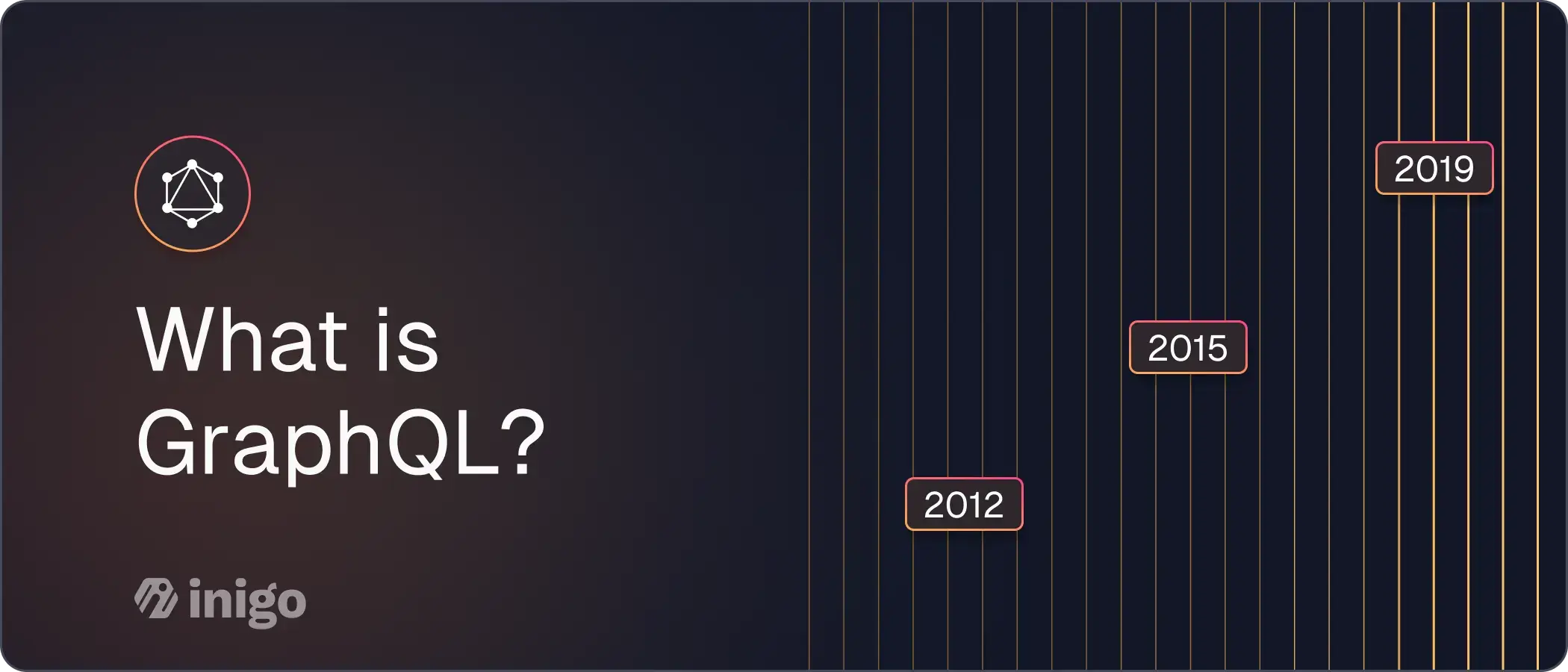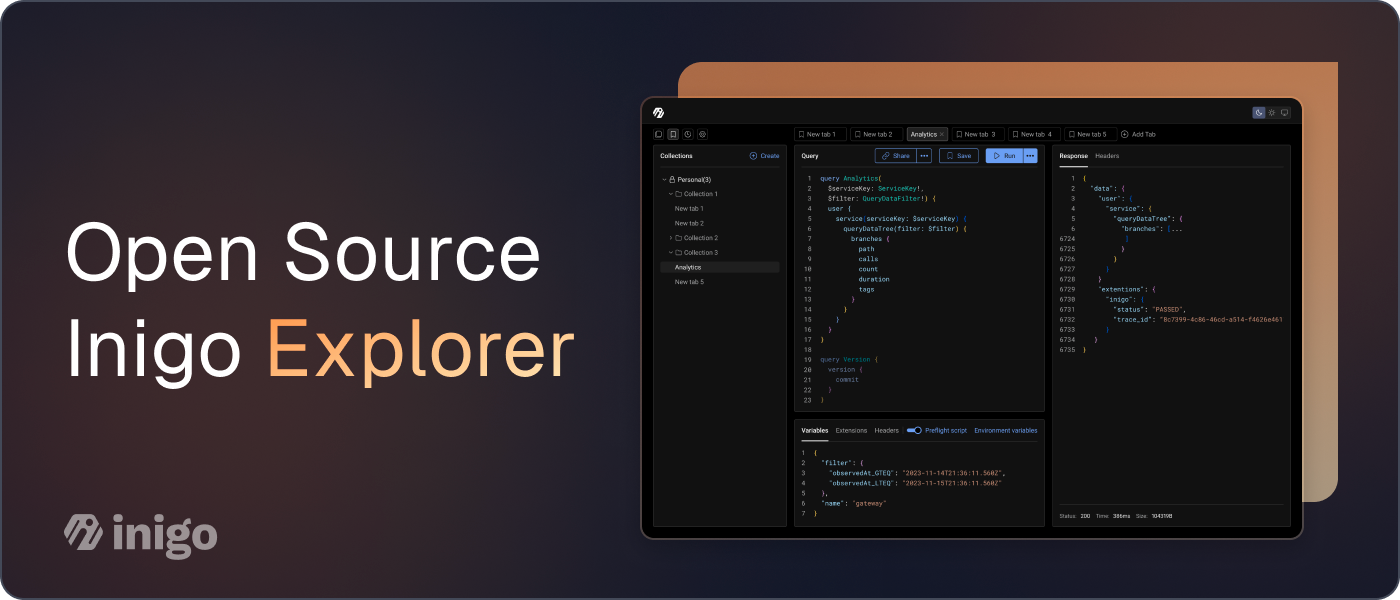What is GraphQL? A Comprehensive Overview

GraphQL has transformed API design by enabling applications to fetch precisely the data they need, creating a more efficient and flexible approach to client-server communication. This guide dives into GraphQL's origins, explains how it works, and explores its benefits and best practices, along with insights from the development community.
What Is GraphQL?
GraphQL is a query language and server-side runtime for APIs, designed to allow clients to specify exactly what data they need, avoiding over-fetching and under-fetching. Unlike traditional REST APIs, which are structured around multiple endpoints, GraphQL consolidates data requests into a single endpoint and query format, making it ideal for modern, complex applications. Facebook developed GraphQL in 2012 to improve data fetching for its mobile app, and it became open-sourced in 2015. Since then, GraphQL’s adoption has skyrocketed, driven by its efficiency, ease of use, and flexibility.
GraphQL as Middleware
GraphQL acts as a middleware layer, connecting various data sources, such as databases, microservices, and even other APIs, and returning only the requested data to the client. It works as an abstraction layer, allowing developers to work independently of specific backend structures or databases.
How Does GraphQL Work?
At the core of GraphQL are schemas and resolvers, which together define the shape of the data available and how it’s accessed.
Schemas, Fields, Types, and Resolvers
A schema defines the types of data that can be queried, structured hierarchically to reflect real-world relationships. Each schema field has a resolver function that fetches data, handles processing, and returns the final data to the client. This approach gives developers the power to connect disparate data sources without tightly coupling them to the frontend.
Example Schema:
type Query {
product: Product
}
type Product {
name: String
price: Float
manufacturer: Manufacturer
}
type Manufacturer {
name: String
country: String
}
GraphQL Operations: Queries and Mutations
- Queries retrieve data (similar to REST’s GET).
- Mutations allow for data modification, similar to POST, PUT, or DELETE in REST.
- Subscriptions provide real-time data updates, helpful for live data monitoring.
Introspection and Discoverability
GraphQL’s introspection feature allows developers to query the schema itself, making it easier to see available data types and relationships, promoting discoverability. Tools like Apollo Studio leverage this feature, giving developers a clear view of API capabilities.
GraphQL vs. REST
Why Choose GraphQL Over REST?
REST APIs, while widely used, come with challenges like over-fetching, under-fetching, and complex versioning. GraphQL offers a single endpoint for data requests, enabling clients to ask only for what they need, reducing both payload size and network load. Instead of managing many endpoints, developers define a schema, which is like a contract between client and server, ensuring clients receive predictable data. Learn more about security for GraphQL vs REST.
Comparison
Over-fetching and Under-fetching: GraphQL addresses these issues by allowing precise, single-query requests, unlike REST, which often requires multiple calls. Strong Typing: GraphQL’s schema defines strict types, helping prevent errors and creating a stable API that’s easy to extend without breaking changes. No Versioning Needed: GraphQL schemas can be updated incrementally without the need for versioning, as clients only request specific fields.
When Should You Use GraphQL?
Ideal Use Cases for GraphQL
- Mobile and Web Applications: With its low network footprint and precise data fetching, GraphQL is well-suited for mobile apps where bandwidth is a concern.
- Real-Time Data Dashboards: Subscriptions make GraphQL effective for real-time data monitoring.
- Microservices and Data Aggregation: GraphQL simplifies aggregating data from various microservices into one query, allowing for efficient data access in complex architectures.
- Prototyping and Frontend Development: By decoupling backend and frontend work, GraphQL enables frontend teams to work independently, accelerating development.
GraphQL Best Practices
Ensure Naming Consistency in the Schema
Use clear and consistent naming conventions, such as camelCase for fields and PascalCase for types, to prevent confusion across the schema.
Plan for Future Modifications
Design schemas to be flexible, allowing for future additions without breaking existing queries. GraphQL’s type system supports deprecation, making schema evolution easier.
Use Logical Fragments
Fragments enable reusable query components but should be used thoughtfully to maintain readability and avoid unnecessary complexity.
Avoid Hard-Coded Arguments
Use variables instead of hard-coded values to enhance security, readability, and caching efficiency.
Establish an Error Handling Plan
Implement structured error handling from the beginning to ensure the app can handle failures gracefully, helping identify and recover from issues quickly.
Benefits of GraphQL
GraphQL offers several advantages over REST:
- No Over-fetching/Under-fetching: Clients request specific data, reducing payload size.
- Low Network Footprint: Consolidating data requests into a single query minimizes network traffic.
- Evolving APIs Without Versioning: GraphQL schemas can be updated incrementally, as clients only request specific fields, reducing the need for strict versioning.
- Strong Typing: With strict types, GraphQL APIs are stable and predictable, enhancing error prevention.
- Rich Tooling Ecosystem: Tools like Apollo Client and GraphiQL make GraphQL development accessible and efficient, providing debugging and introspection capabilities.
FAQs About GraphQL
What is GraphQL? GraphQL is a query language and runtime for APIs that allows clients to fetch specific data from a single endpoint, created by Facebook to address limitations in REST APIs.
How does GraphQL differ from REST? GraphQL allows clients to specify exactly the data they need, unlike REST, which often requires multiple endpoints or returns too much data.
Can GraphQL work with any data source? Yes, GraphQL is agnostic of data sources and can pull data from databases, REST APIs, microservices, or even JSON files through resolvers.
What is Inigo? Inigo offers a platform to manage GraphQL queries with enhanced performance features, caching, and error handling, ideal for large-scale applications.
Does GraphQL require a specific database? No, GraphQL doesn’t require any particular database; it works as an abstraction layer over various data sources.
Why is GraphQL popular? GraphQL offers precise data fetching, reduces network load, and supports real-time updates, making it efficient and ideal for modern applications.
GraphQL has become a preferred when building API solutions in many sectors due to its flexibility and performance benefits. By following best practices and leveraging tools like Inigo GraphQL, developers can unlock GraphQL’s full potential, making it an excellent choice for scalable, data-driven applications.


